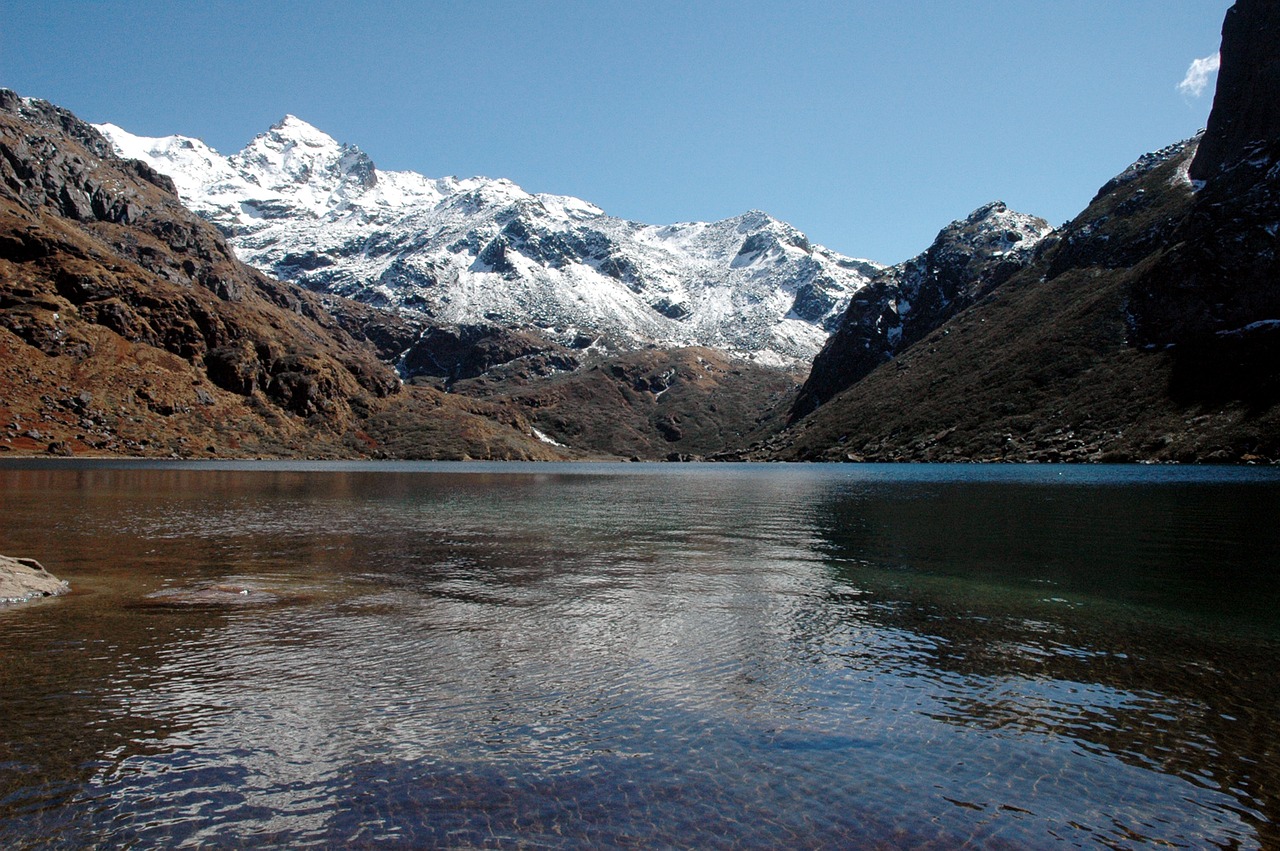Global Push to Criminalize Ecocide

Background:
- In 1970, biologist Arthur Galston was the first to draw a connection between environmental devastation and genocide (which is recognised as an international crime). He made this link when addressing the U.S. military’s utilization of Agent Orange, an herbicide, during the Vietnam War.
- Ecocide, derived from Greek and Latin, translates to ‘killing one’s home’ or ‘environment’.
- Although there is currently no universally recognized legal description of ecocide, a group of lawyers convened by an NGO named Stop Ecocide Foundation in June 2021 crafted a definition that would place environmental devastation within the same realm as crimes against humanity.
Linkage:
- India has neither signed nor ratified the Rome Statute of the International Criminal Court and has not expressed any official position on the proposal to criminalize ecocide at the international level.
- While some Indian court judgments have casually used the term ‘ecocide,’ the concept has not been formally integrated into Indian law.
- In the case of Chandra CFS and Terminal Operators Pvt. Ltd. v. The Commissioner of Customs and Ors 2015, the Madras High Court noted the continuous and unbridled activities of ecocide related to the removal of valuable timbers.
Current News:
- The controversial Maya train project in Mexico aims to link tourists with historic Maya sites, sparking concerns over its potential environmental and cultural impact.
- The debate surrounding this project brings into focus the concept of “ecocide” and the growing global movement to criminalize environmental destruction.
Impact:
- Environmental Protection as a Fundamental Imperative: Whether ecocide is criminalized or not, the paramount objective should always be the protection and preservation of the environment.
- Ecological Restoration Bonds: There is a need to introduce the concept of ecological restoration bonds.
- Companies involved in projects with significant environmental impact could be required to purchase these bonds as part of their licensing or permitting process.
- The funds from these bonds would be earmarked for ecological restoration in case of environmental harm, ensuring that the cost of restoration is borne by the responsible parties.








